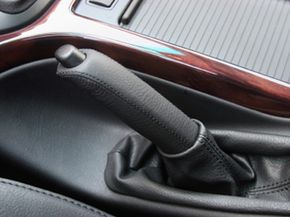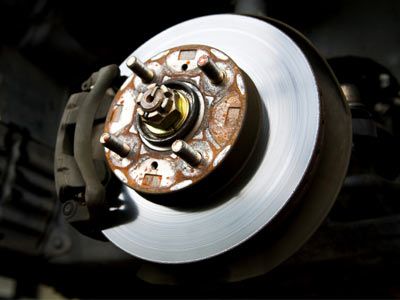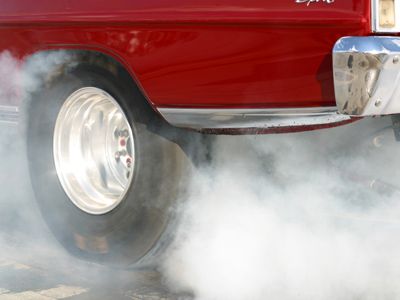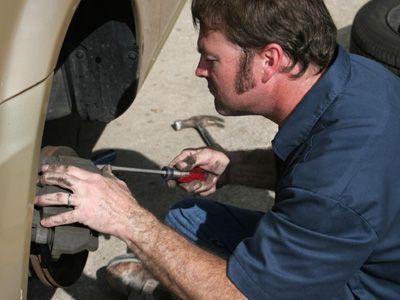You're 16 years old. Your father has decided it would be a great idea to take you to the steepest hill in town and make you stop precariously at the stop sign that is halfway up the hill. You're driving a stick shift. As you stop, he reaches over and puts on the emergency brake. You notice three cars pulling up behind you. Your father snickers. You break into a cold sweat. But for a second, you feel safe. Because the emergency brake is on. But what exactly is holding you in place?
Emergency brakes are a secondary braking system installed in motor vehicles. Also known as e-brakes, hand brakes and parking brakes, emergency brakes are not powered by hydraulics and are independent of the service brakes used to slow and stop vehicles. There are state and federal laws requiring emergency brakes for motor vehicles [source: NHTSA].
Advertisement
There are four types of emergency brakes:
- Stick lever, which is generally found under the instrument panel (found in older-model vehicles)
- Center lever, which is found in between separated front seats
- Pedal, which is found to the left of the floor pedals
- Electric or push button, which are found amongst the other console controls
Because most modern braking systems have failsafe measures and warning systems, such as on-dash brake-warning lights and low-fluid sensors, the emergency brake is most often used as a parking brake device. But the e-brake is called an emergency brake for a reason -- using it can save your life.
Read on to discover how emergency brakes keep you from rolling down that hill.
Advertisement




